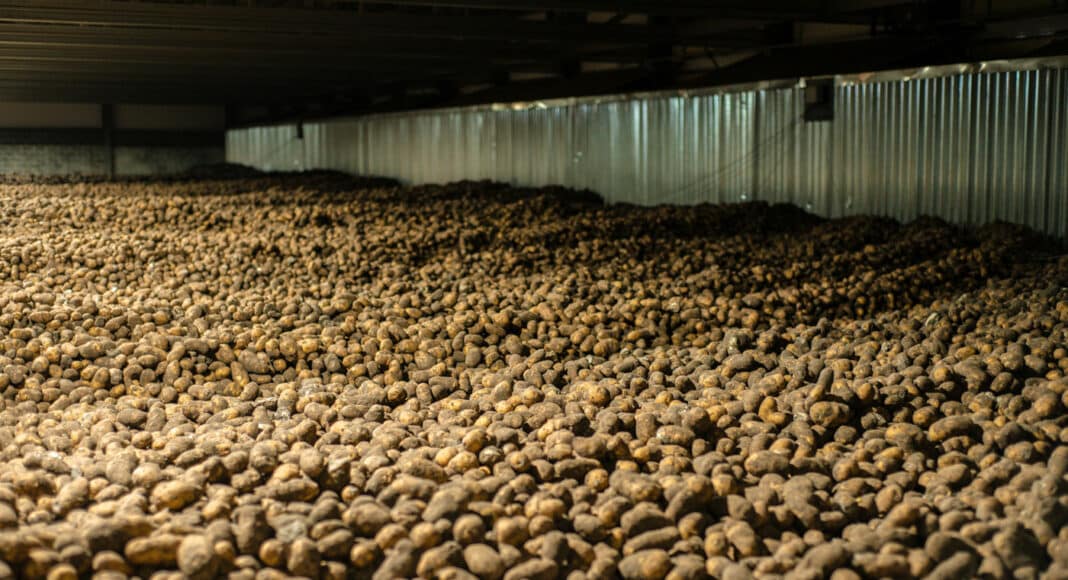A couple weeks ago, I wrote a quick ‘fact or fiction’ quiz. I’ve really enjoyed how many great conversations were started with that quiz, but I realized I forgot one of the most important fact or fiction questions of all. It’s such an important one and so widely misunderstood across the potato industry that I’m giving the topic an article of its own right now:
Fact or fiction: effective storage management can be ‘once and done’
For 60 plus years, growers have relied on a single and – dare I say it – outdated storage chemistry: CIPC. While CIPC does an impressive job of eliminating sprouting, it’s a one trick pony. Controlling spouting is the only task it accomplishes. Too, it carries storage contamination and environmental consequences.
Admittedly, CIPC is easy. For more than six decades, producers have managed their stored potato piles with the assumption that applying CIPC once post-suberization means they’re set for the storage season. That attitude needs to change. Successful potato growers are hands-on throughout the growing season. Exactly the same is true throughout the equally important storage season. Here’s how to get there:
1,4SIGHT is a major step forward in storage chemistry. Highly effective (+95 per cent) at managing sprouting and peeping, 1,4SIGHT is the potato industry’s first-available true dormancy. Unlike a conventional chemical control agent, 1,4SIGHT is a bio-chemical that mimics naturally occurring potato hormones, triggering the production of tubers’ own dormancy enhancing enzymes. Thanks to enhanced dormancy, 1,4SIGHT helps tubers retain their moisture and salable weight, supporting field-fresh quality. Producers also report that 1,4SIGHT decreases the appearance of pressure bruise.
Depending on the length of intended storage, tubers may need one, two or potentially more applications of 1,4SIGHT. If multiple applications sound like more effort and investment than you’d like to expend, consider this: the benefits of enhanced sustainability, flexibility, quality, and salable yield easily offset the additional management effort required.
Farmers familiar with the challenges of CIPC will appreciate 1,4SIGHT’s easier application and enhanced safety. Whereas CIPC goes on as a dust particle that must contact the tuber eye, 1,4SIGHT is applied as a vapour that can be absorbed by any part of the tuber. Fully reversible and naturally occurring, 1,4SIGHT doesn’t have a scent issue and is safe for workers: 24 hours post fogging, people can safely enter the bin with no personal protective equipment.
How much return on investment can producers expect from 1,4SIGHT applied right at bin close-up and/or later in the storage season? The exact number is extremely difficult to quantify because so many factors influence returns, most notably tubers’ physiological age at harvest (based on stress levels), as well as variety, temperature at harvest and through early storage, storage bin set-up including ventilation capacity and more. What is clear and easy to quantify is this: the potato industry’s front running, innovative producers – those who are earning the best returns from their acres – are all increasingly interested in incorporating 1,4SIGHT in their management systems. If you’d like to learn more about 1,4SIGHT, I’m available anytime with information. Drop me a line at [email protected].








